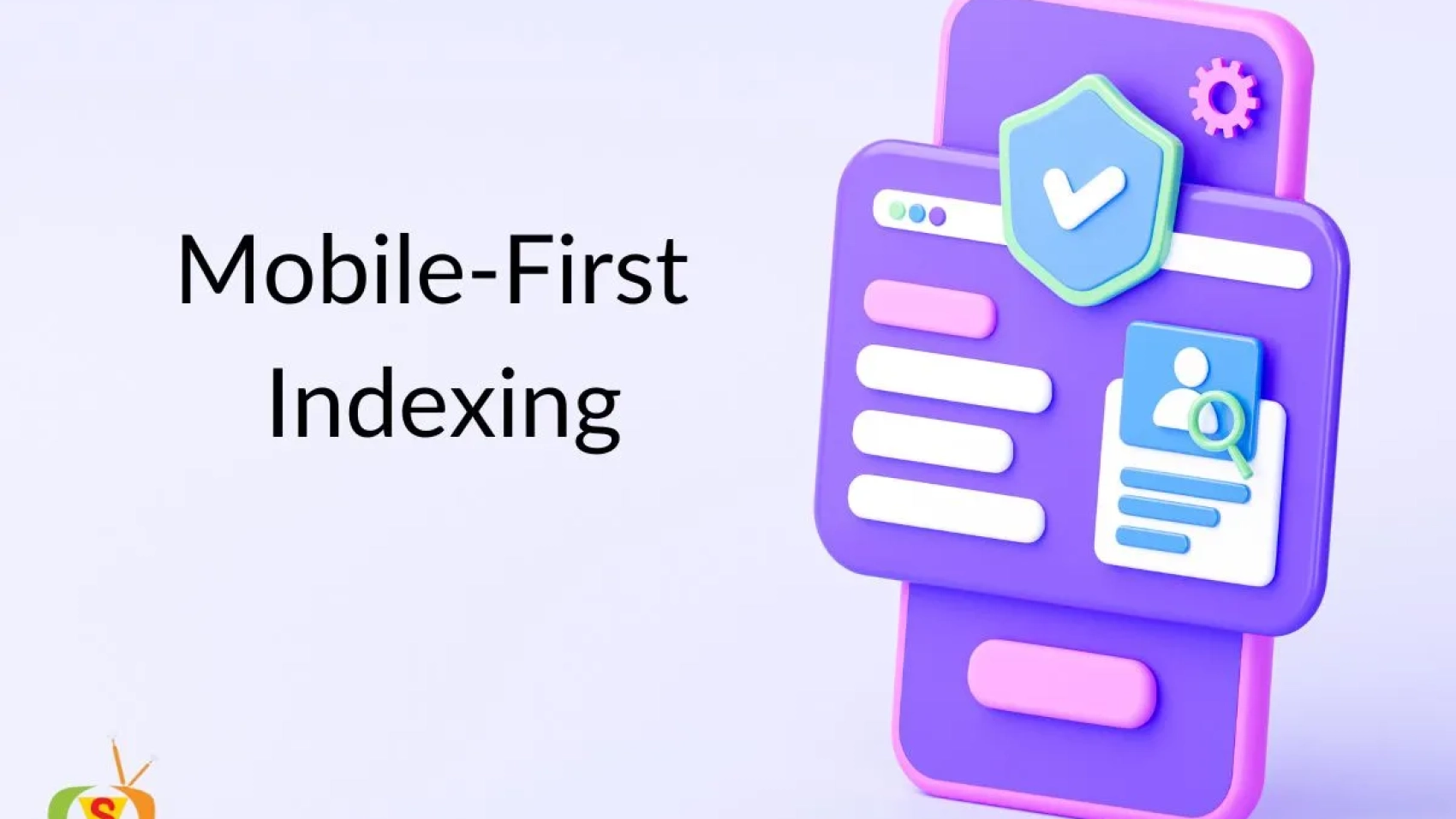The Future of Digital Marketing: The Impact of AI and Artificial Intelligence
The landscape of digital marketing is rapidly evolving, driven by the transformative power of artificial intelligence (AI). As businesses increasingly leverage AI technologies, the future of digital marketing promises enhanced strategies, improved customer experiences, and innovative applications that reshape how marketers engage with their audiences.
Understanding AI and Its Role in Digital Marketing
Artificial Intelligence (AI) refers to the simulation of human intelligence in machines programmed to think and learn like humans. This definition encompasses a range of technologies, including machine learning, natural language processing, and robotics. In digital marketing, AI is employed to analyze consumer data, predict trends, and automate processes, enhancing marketing strategies and customer engagement.
Defining Artificial Intelligence
Artificial Intelligence (AI) encompasses various technologies that enable machines to replicate human cognitive functions. This includes the ability to understand natural language, recognize patterns, and make informed decisions. In the realm of digital marketing, AI empowers marketers to analyze vast datasets, providing valuable insights that inform targeted marketing strategies. By integrating AI, businesses can enhance customer experiences and drive effective marketing campaigns.
How AI is Reshaping the Digital Marketing Landscape
The integration of AI into digital marketing is transforming how businesses interact with their customers. AI enables marketers to create personalized experiences by analyzing customer behavior and preferences. Many organizations prioritize marketing-oriented goals for AI applications, focusing on enhancing customer relationships and innovating their offerings. This shift towards AI-driven marketing is evident as companies increasingly rely on data analytics to inform their strategies.
The Intersection of AI and Machine Learning
Machine Learning (ML) is a crucial subset of AI that involves algorithms allowing computers to learn from and make predictions based on data. In digital marketing, ML enables businesses to swiftly analyze massive amounts of data, identifying patterns in consumer behavior. This synergy between AI and ML enhances digital marketing capabilities, allowing marketers to optimize ad targeting and improve customer segmentation, ultimately revolutionizing marketing strategies.
The Impact of AI on Marketing Strategies
AI is revolutionizing traditional marketing methods by introducing data-driven strategies that enhance decision-making processes. Businesses can leverage AI to analyze customer data and predict future buying behaviors, leading to more targeted marketing efforts. This significant change from generic campaigns to personalized experiences results in higher engagement rates and improved customer satisfaction.
Transforming Traditional Marketing Approaches
The transformation brought by AI into traditional marketing approaches is profound. With the ability to analyze customer data effectively, businesses can predict behaviors and tailor their marketing campaigns accordingly. This shift allows for more personalized experiences, moving beyond traditional methods to innovative, data-centric strategies that resonate deeply with consumers, ultimately reshaping the marketing landscape.
Benefits of AI in Digital Marketing
Incorporating AI into digital marketing presents numerous benefits. Studies indicate that many businesses experience cost reductions and enhanced customer experiences due to AI implementation. By automating repetitive tasks, AI enhances operational efficiency, allowing marketers to focus on strategic initiatives. Additionally, AI-driven analytics provide valuable insights, refining marketing strategies and leading to improved ROI in an increasingly competitive marketplace.
Case Studies: Success Stories of AI Implementation
Several companies have witnessed remarkable results from successfully integrating AI into their marketing strategies. For instance, a leading e-commerce platform utilized AI algorithms to personalize product recommendations, resulting in a significant increase in conversion rates. These case studies exemplify how AI can transform marketing efforts, driving growth and fostering customer loyalty through tailored experiences that resonate with target audiences.
AI Tools Revolutionizing Content Marketing
Automation of Content Creation and Distribution
AI tools are increasingly being used to automate content creation and distribution processes in digital marketing. By utilizing natural language processing and machine learning, AI can generate high-quality written content, such as blog posts and social media updates, at scale. This automation not only saves time but also ensures that content is optimized for search engines and tailored to audience preferences. Moreover, AI can analyze engagement metrics to determine the best times for content distribution, maximizing reach and effectiveness.
Enhancing Personalization Through AI
Personalization is a key focus in digital marketing, and AI plays a crucial role in achieving this goal. By analyzing customer data, AI algorithms can create highly personalized marketing messages and product recommendations based on individual preferences and behaviors. This level of personalization leads to improved customer engagement and loyalty, as consumers are more likely to respond positively to tailored experiences. Businesses that leverage AI for personalization can significantly enhance their marketing effectiveness and drive sales growth.
Metrics and Analytics: Measuring AI Impact
Measuring the impact of AI on digital marketing strategies is essential for understanding its effectiveness. AI-driven analytics tools provide businesses with insights into customer behavior, campaign performance, and overall marketing ROI. By tracking key performance indicators (KPIs), marketers can assess the effectiveness of their AI initiatives and make data-driven adjustments to their strategies. This continuous measurement and optimization process ensures that marketing efforts remain aligned with business goals and customer needs.
The Future of Social Media Marketing with AI
How AI is Impacting Social Media Strategies
AI is significantly influencing social media marketing strategies by enabling businesses to analyze user-generated content and engagement patterns. Through sentiment analysis and natural language processing, AI tools can gauge public perception and identify trends in real-time. This data allows marketers to tailor their social media campaigns to resonate with their audience, enhancing engagement and brand loyalty. As AI technologies continue to evolve, their integration into social media marketing will become increasingly sophisticated, offering deeper insights and more effective targeting.
Predictive Analytics and User Engagement
Predictive analytics powered by AI is transforming how marketers engage with users on social media platforms. By analyzing historical data and identifying patterns, businesses can forecast future behaviors and preferences. This capability allows for proactive engagement strategies, such as personalized content delivery and targeted advertising. As a result, marketers can create more relevant and timely interactions with their audience, leading to higher engagement rates and improved customer relationships.
AI-Driven Ad Targeting and Optimization
AI-driven ad targeting and optimization are reshaping the landscape of digital advertising. By utilizing machine learning algorithms, marketers can analyze user data to identify the most relevant audiences for their campaigns. This precision targeting improves the efficiency of ad spend and enhances campaign performance. Additionally, AI can optimize ad placements in real-time, ensuring that ads are shown to the right users at the right times, ultimately driving higher conversion rates and maximizing ROI.
Preparing for the Future: Adapting to AI in Digital Marketing
Skills Marketers Need to Harness AI
As AI continues to permeate the digital marketing landscape, marketers must develop new skills to effectively harness its potential. Proficiency in data analytics, machine learning, and AI tools is becoming increasingly important. Marketers should also focus on enhancing their understanding of consumer behavior and trends, as well as improving their technical skills related to AI implementation. Continuous learning and adaptation will be crucial for marketers seeking to stay competitive in an AI-driven environment.
Creating an AI-Ready Marketing Team
Building an AI-ready marketing team involves fostering a culture of innovation and collaboration. Organizations should prioritize hiring individuals with expertise in data science, analytics, and AI technologies. Additionally, ongoing training and professional development opportunities should be provided to ensure that team members stay updated on the latest AI advancements. By creating a diverse team with a mix of marketing and technical skills, businesses can effectively leverage AI to enhance their marketing strategies.
Ethical Considerations in AI Usage
As the use of AI in digital marketing grows, ethical considerations must be addressed. Issues such as data privacy, transparency, and bias in AI algorithms are critical to ensuring responsible AI usage. Marketers must prioritize ethical practices by obtaining consent for data collection, being transparent about AI-driven decisions, and continuously monitoring AI systems for bias. By adhering to ethical standards, businesses can build trust with their customers and ensure that their AI initiatives align with societal values.










